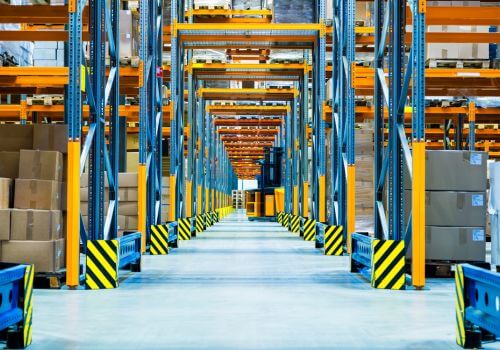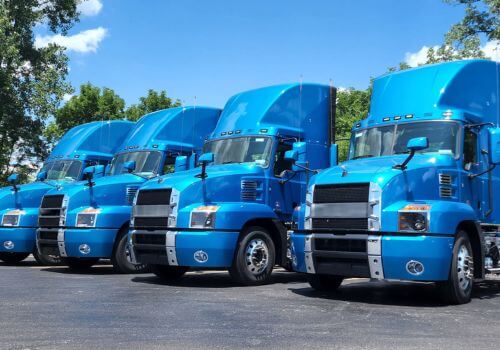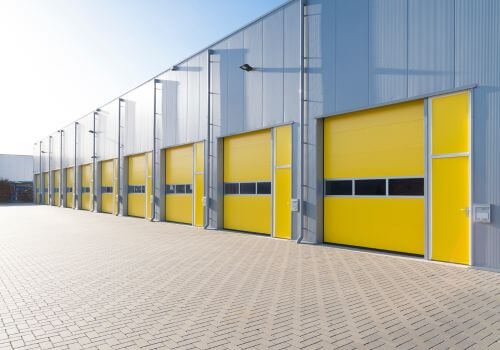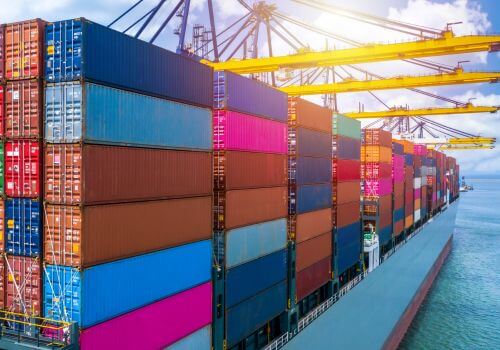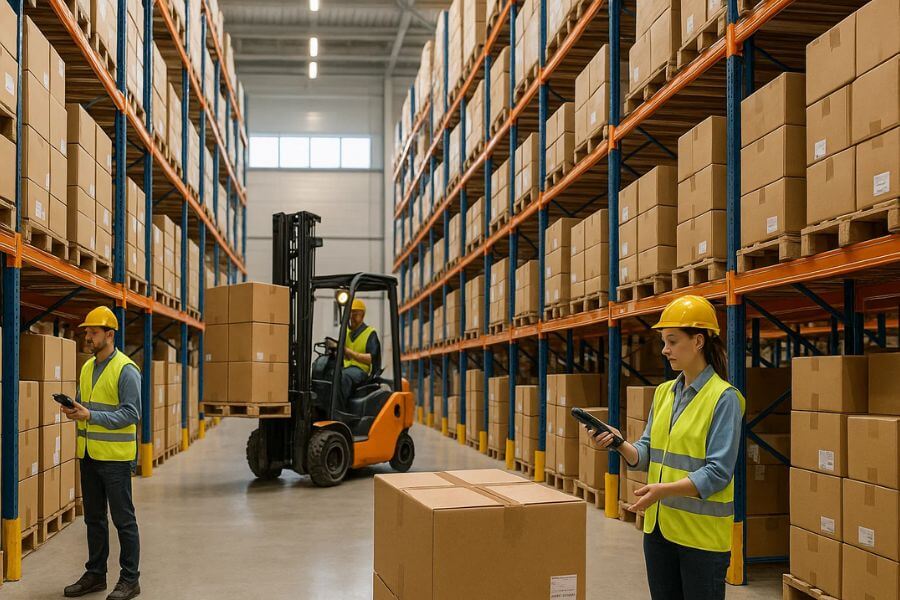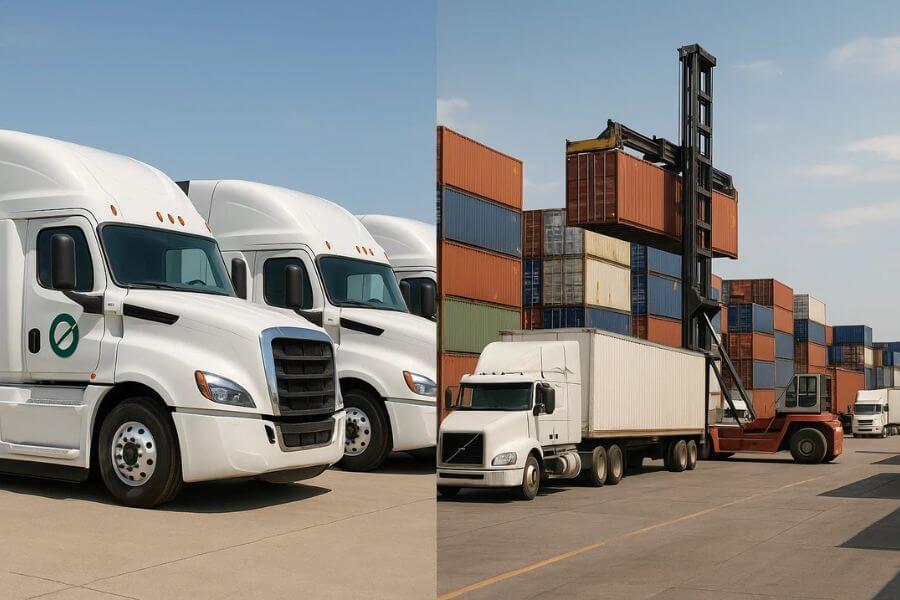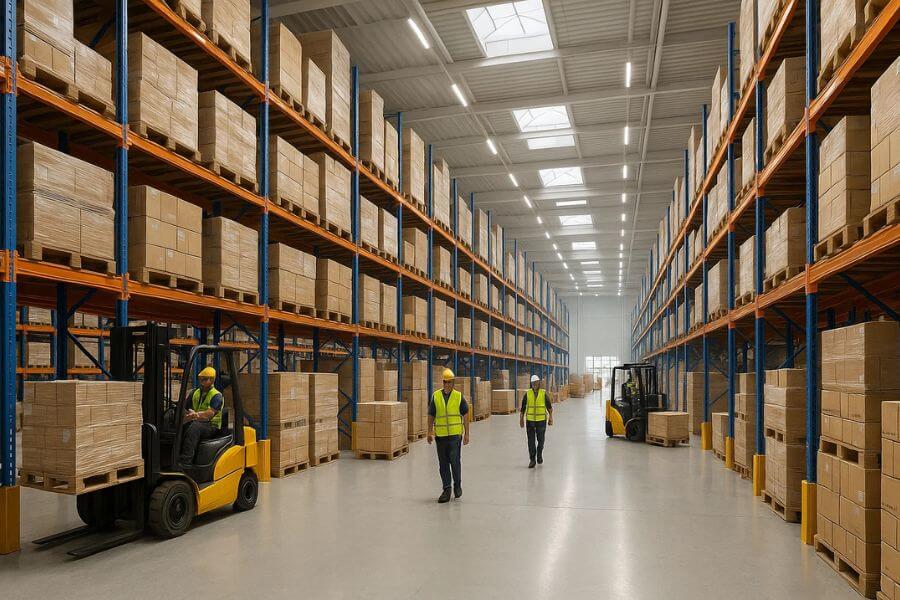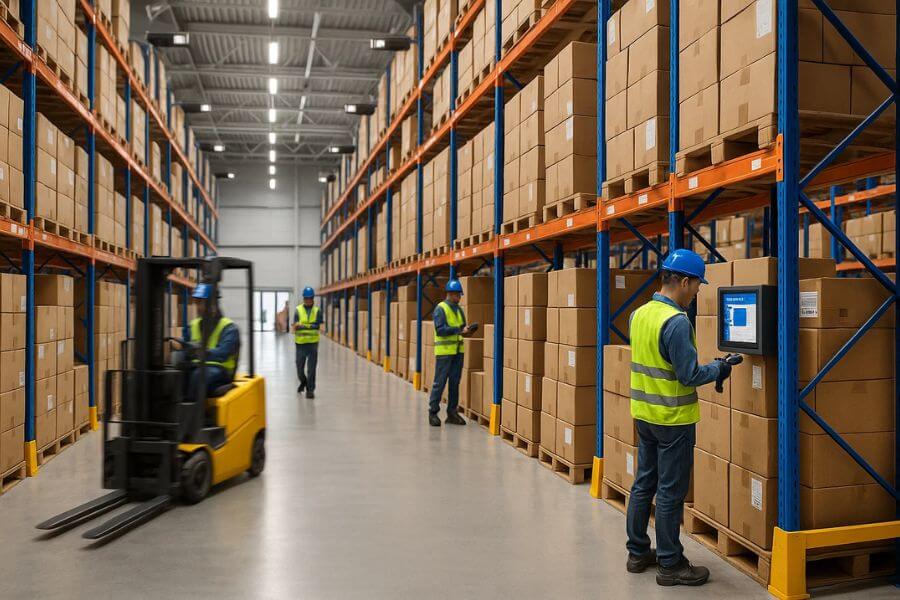In today’s hyper-competitive business landscape, efficiency in logistics isn’t just an advantage; it’s a necessity. Consumers expect faster delivery, accurate tracking, seamless returns, and excellent post-purchase experiences. For small to mid-sized businesses and enterprise-level brands alike, meeting those expectations can be overwhelming, especially when you’re juggling in-house operations.
That’s where a Third-Party Logistics (3PL) warehousing provider comes in.
By outsourcing your storage, inventory handling, fulfillment, and shipping needs to a professional U.S.-based 3PL provider, you unlock a range of operational, financial, and strategic advantages. In this comprehensive guide, we’ll explore the top 10 benefits of using a 3PL warehousing provider in the United States, and how it can transform your supply chain into a competitive asset.
1. Reduced operational costs
Operating a warehouse is expensive. From leasing or purchasing property, hiring and training staff, investing in equipment (like forklifts, racking systems, and WMS software), to paying utilities and maintenance, the overhead costs add up quickly.
With a 3PL partner, you transform these fixed costs into variable ones. Instead of committing to long-term leases or hiring permanent staff, you pay only for the space, labor, and services you actually use.
U.S.-based 3PL providers can also take advantage of economies of scale, pooling resources across multiple clients. This gives your business access to professional-grade services, bulk shipping rates, and high-tech systems at a fraction of the cost you’d incur building it yourself.
2. Faster and more accurate order fulfillment
Customers now expect 2-day or even same-day delivery. Falling short of those expectations can hurt conversions, customer satisfaction, and brand loyalty.
A reputable 3PL warehouse in the United States is equipped with advanced warehouse management systems (WMS), automated sorting, and trained pick-and-pack teams to deliver orders fast and accurately.
Many 3PLs also have fulfillment centers strategically located near major U.S. cities, ports, and transportation hubs, allowing for quick access to regional shipping carriers and reduced last-mile delivery times.
3. Scalable warehousing that grows with you
One of the most daunting challenges for growing businesses is managing logistics expansion. Increased sales often lead to inventory bottlenecks, delayed shipments, and higher labor costs.
A 3PL warehousing provider in the U.S. offers scalable infrastructure that adjusts to your business’s needs, whether you’re ramping up for Q4 or scaling down after a seasonal rush.
You can quickly add (or remove) space, labor, and shipping capacity without restructuring your entire operation. This flexibility gives you the ability to pivot quickly and confidently.
4. Nationwide reach and strategic U.S. locations
Top-performing 3PL providers operate warehouses in key U.S. locations such as California, Texas, New Jersey, Illinois, and Georgia, close to major population centers and logistics corridors.
By distributing inventory across multiple facilities, you can ship from the location closest to your customer, reducing both delivery time and shipping costs.
This strategy, known as distributed inventory, is ideal for ecommerce businesses serving customers across the continental United States. It also helps you qualify for affordable ground shipping while meeting Amazon-like delivery expectations.
5. Improved inventory management and visibility
Manually tracking inventory across spreadsheets or basic software quickly becomes unsustainable. A U.S.-based 3PL provider uses enterprise-grade inventory management systems that track products in real-time, from inbound receipt to outbound shipping.
Benefits include:
- Real-time stock levels
- Low-stock alerts
- Automated reorder points
- Cycle counting and shrinkage reporting
Most systems integrate with your existing ecommerce platforms (Shopify, WooCommerce, BigCommerce, Amazon, etc.) so you have centralized control and full visibility.
This level of insight reduces backorders, improves forecasting, and increases overall operational efficiency.
6. Access to logistics expertise and technology
Staying ahead in logistics requires deep expertise and constant investment in new technologies. Most small businesses simply can’t keep up on their own.
U.S.-based 3PL providers have entire teams dedicated to:
- Route optimization
- Carrier negotiations
- Regulatory compliance
- Forecasting
- Robotics and automation
By outsourcing to them, you get access to cutting-edge AI-powered fulfillment tools, real-time dashboards, and logistics best practices without having to invest in those capabilities in-house.
7. Focus more on core business activities
Running your own warehouse can easily drain time and energy from your core business tasks: product development, marketing, branding, and customer relationships.
When you partner with a U.S. 3PL warehousing provider, you offload the complexities of warehousing, fulfillment, staffing, and shipping, so you and your team can focus on growing the business.
You also avoid operational distractions that often plague small and mid-sized companies during periods of growth.
8. Enhanced customer satisfaction and retention
Today’s consumers have high expectations. They want orders shipped fast, packed securely, and delivered on time. Fulfilling this consistently improves your customer reviews, repeat orders, and net promoter score (NPS).
U.S. 3PL providers help you:
- Offer fast, trackable delivery
- Provide branded packaging and kitting
- Simplify returns and exchanges
- Reduce errors and misdeliveries
The result is a smooth post-purchase experience that sets your brand apart and keeps customers coming back.
9. Easier returns management (reverse logistics)
Returns are a reality in ecommerce, especially in fashion, electronics, and home goods. Handling returns in-house takes time, space, and labor and often leads to errors and lost revenue.
Many U.S. 3PLs offer reverse logistics solutions that manage returns efficiently:
- Automated returns portals
- Inspection and sorting
- Restocking or refurbishing
- Disposition tracking
- Refund processing
Having a 3PL handle this complex process saves time, minimizes loss, and keeps your customers happy with a hassle-free experience.
10. Compliance with U.S. shipping, safety, and tax regulations
From OSHA safety requirements to tax documentation and labeling regulations, logistics compliance in the United States can be complex and time-consuming.
Partnering with a professional 3PL ensures your business stays in compliance with:
- Shipping and freight regulations
- State and federal tax laws
- Hazmat or regulated goods standards
- Labeling and documentation requirements
- Warehouse safety protocols
The best 3PLs conduct regular audits, train staff on compliance, and monitor changing legislation, giving you peace of mind and protecting your brand from costly mistakes.
Conclusion
In a market where every second and cent counts, outsourcing to a U.S.-based 3PL warehousing provider gives you the competitive edge you need.
From reducing overhead costs and speeding up delivery to gaining inventory visibility and freeing up your team, the benefits are clear and measurable. Whether you’re launching your first product or scaling to meet nationwide demand, a trusted 3PL can become an extension of your team, one that helps your business grow sustainably and profitably.
Before choosing a provider, be sure to:
- Assess your business goals
- Compare providers’ specialties and technology
- Ask about warehouse locations and integrations
- Request case studies or client references
The right 3PL won’t just store your inventory; they’ll become a strategic growth partner.


